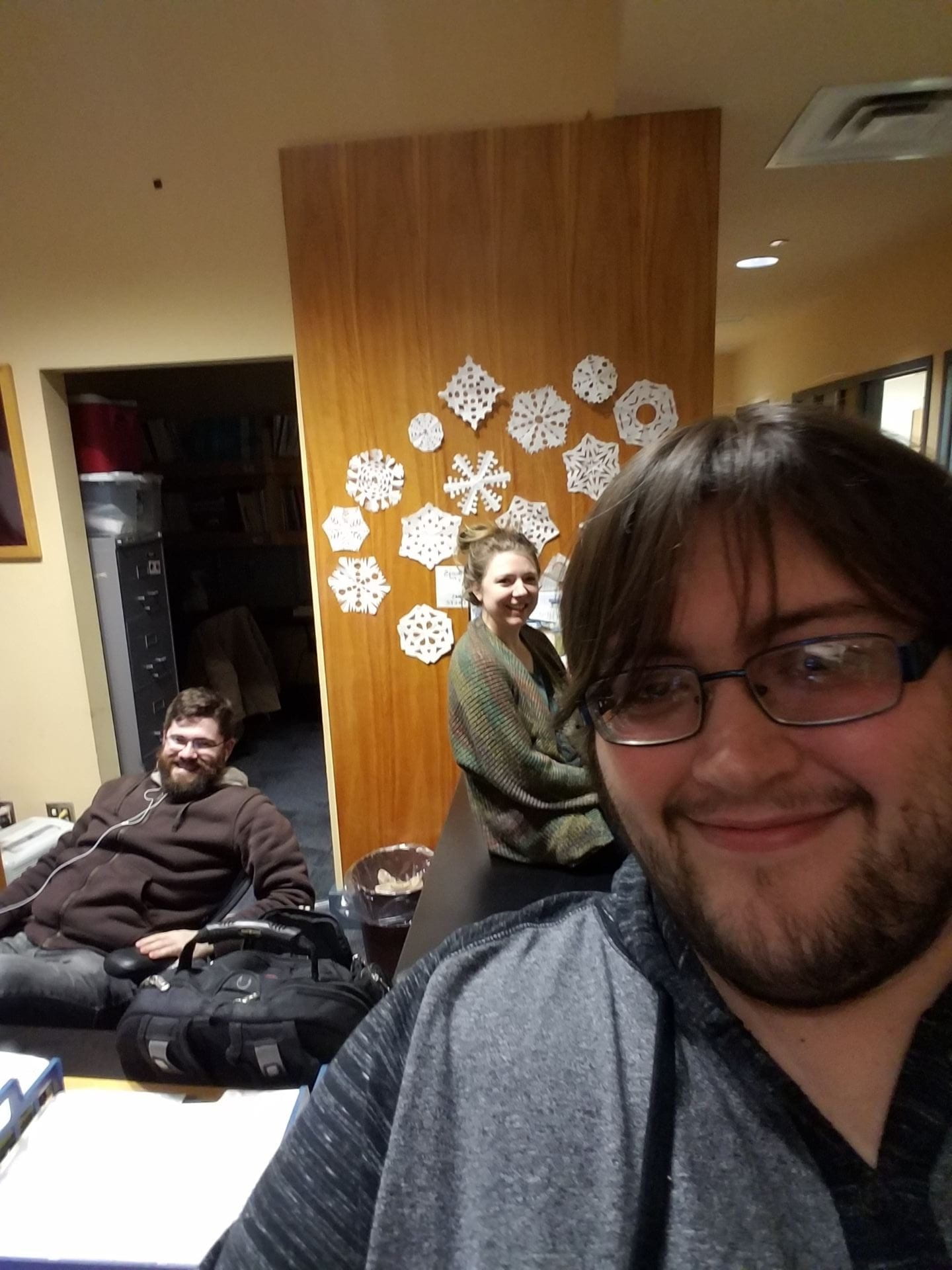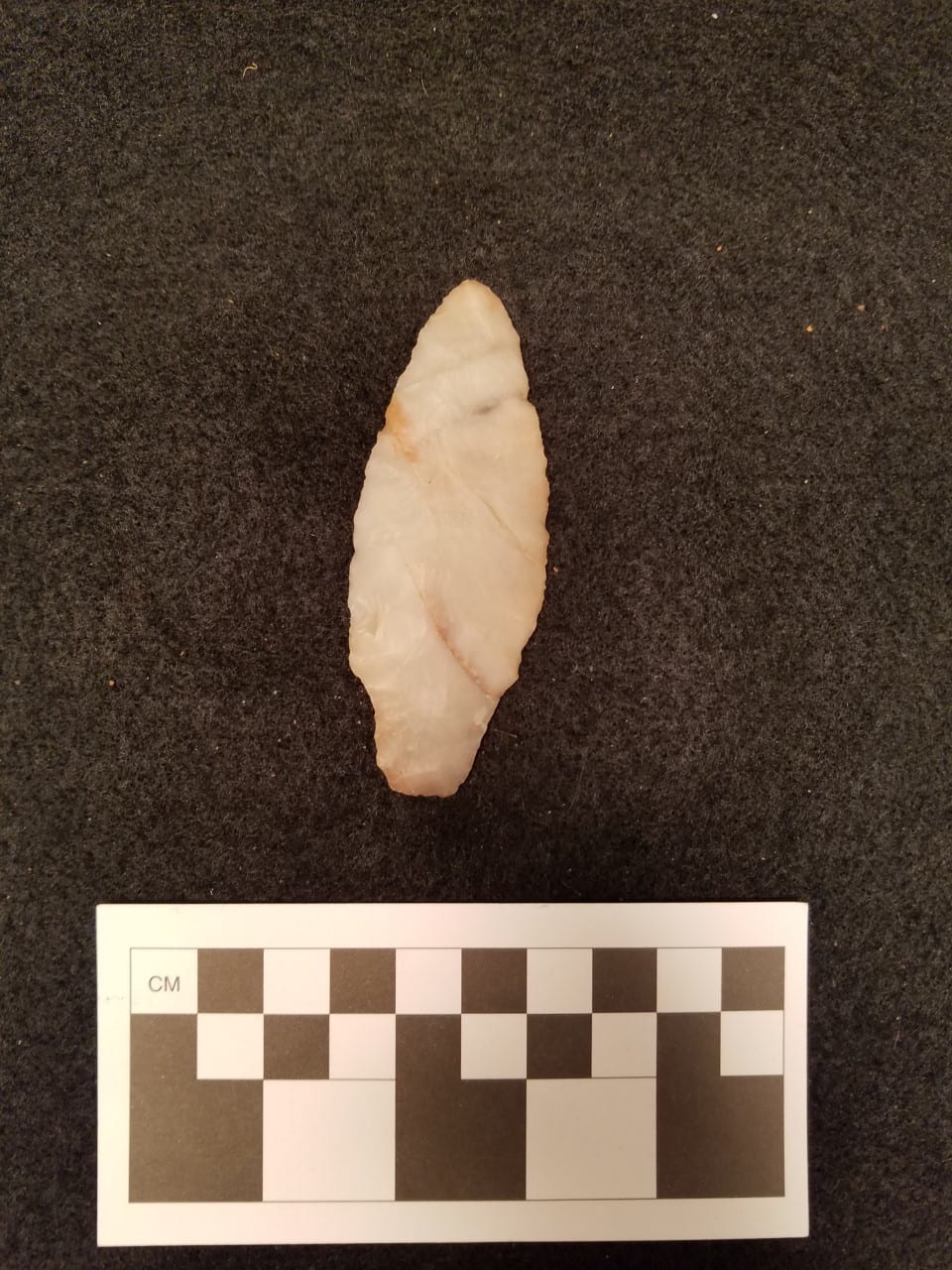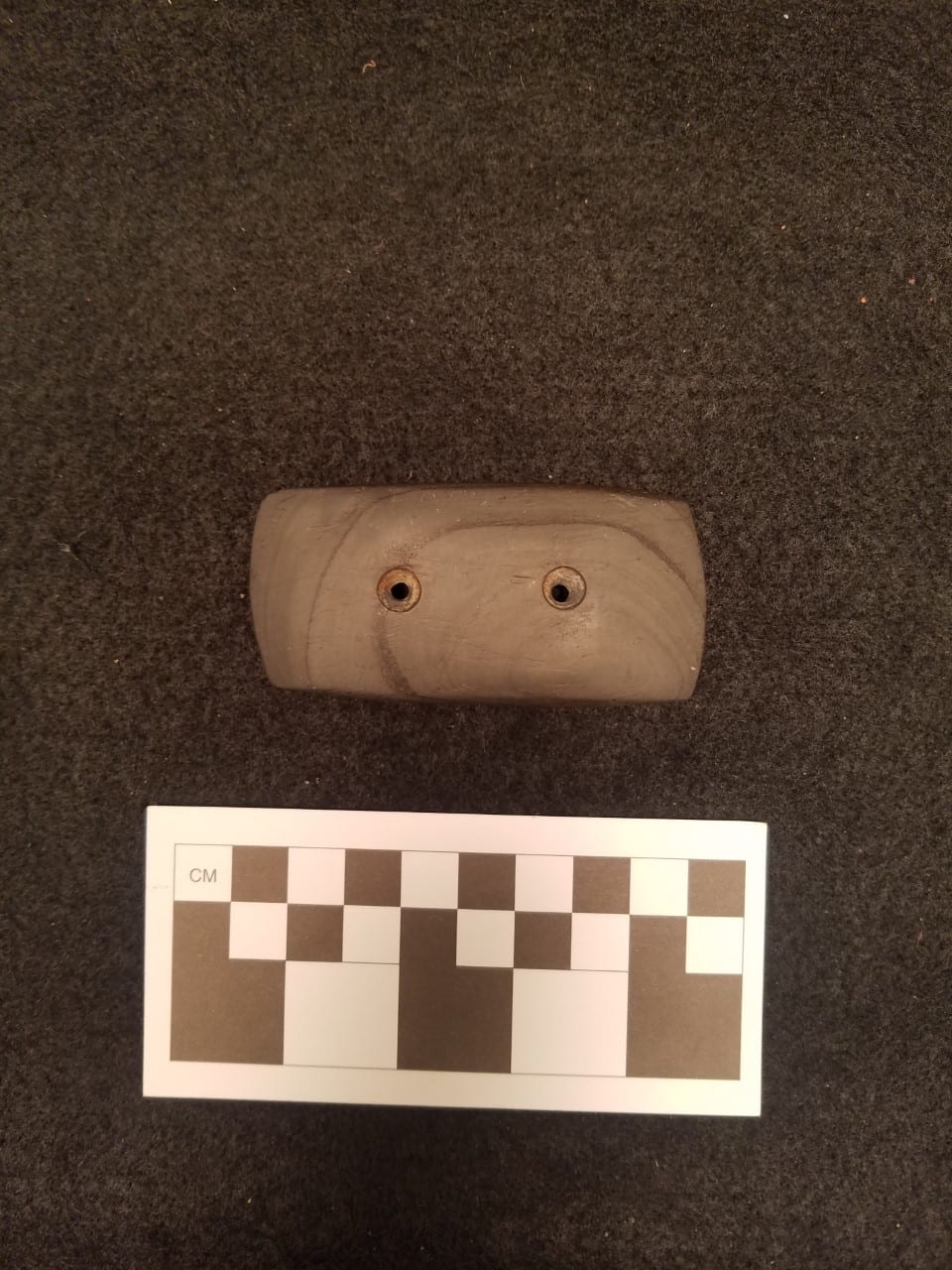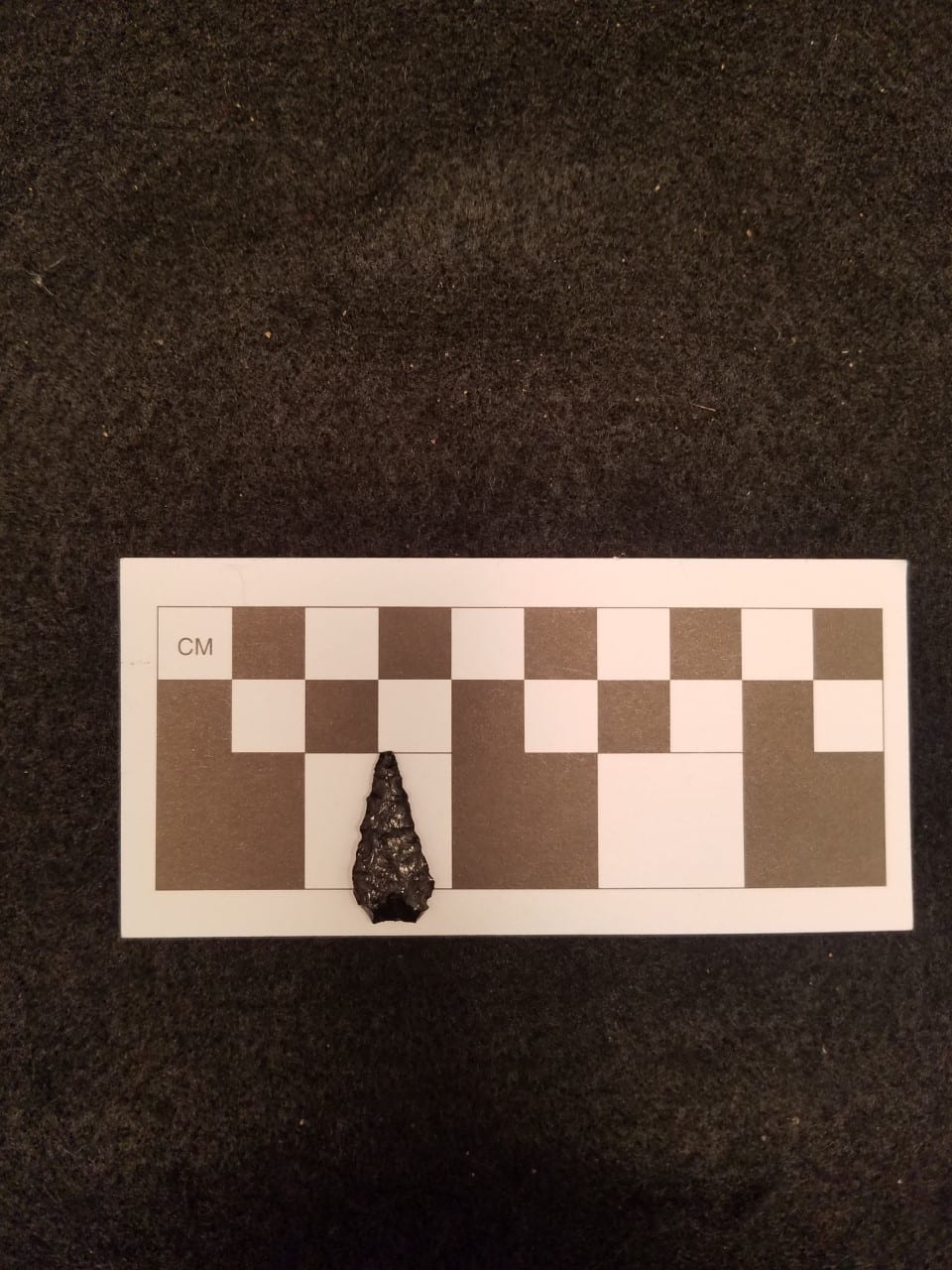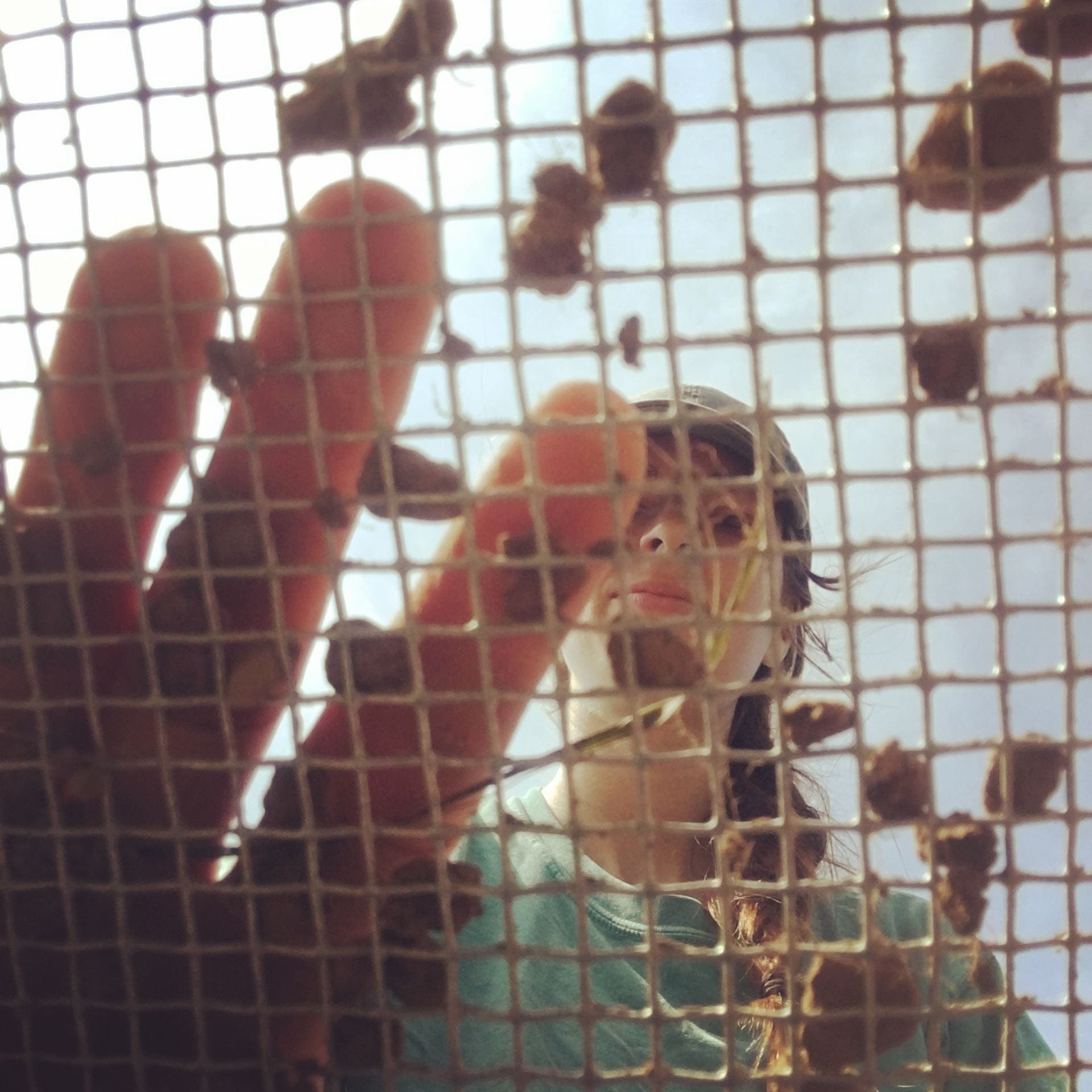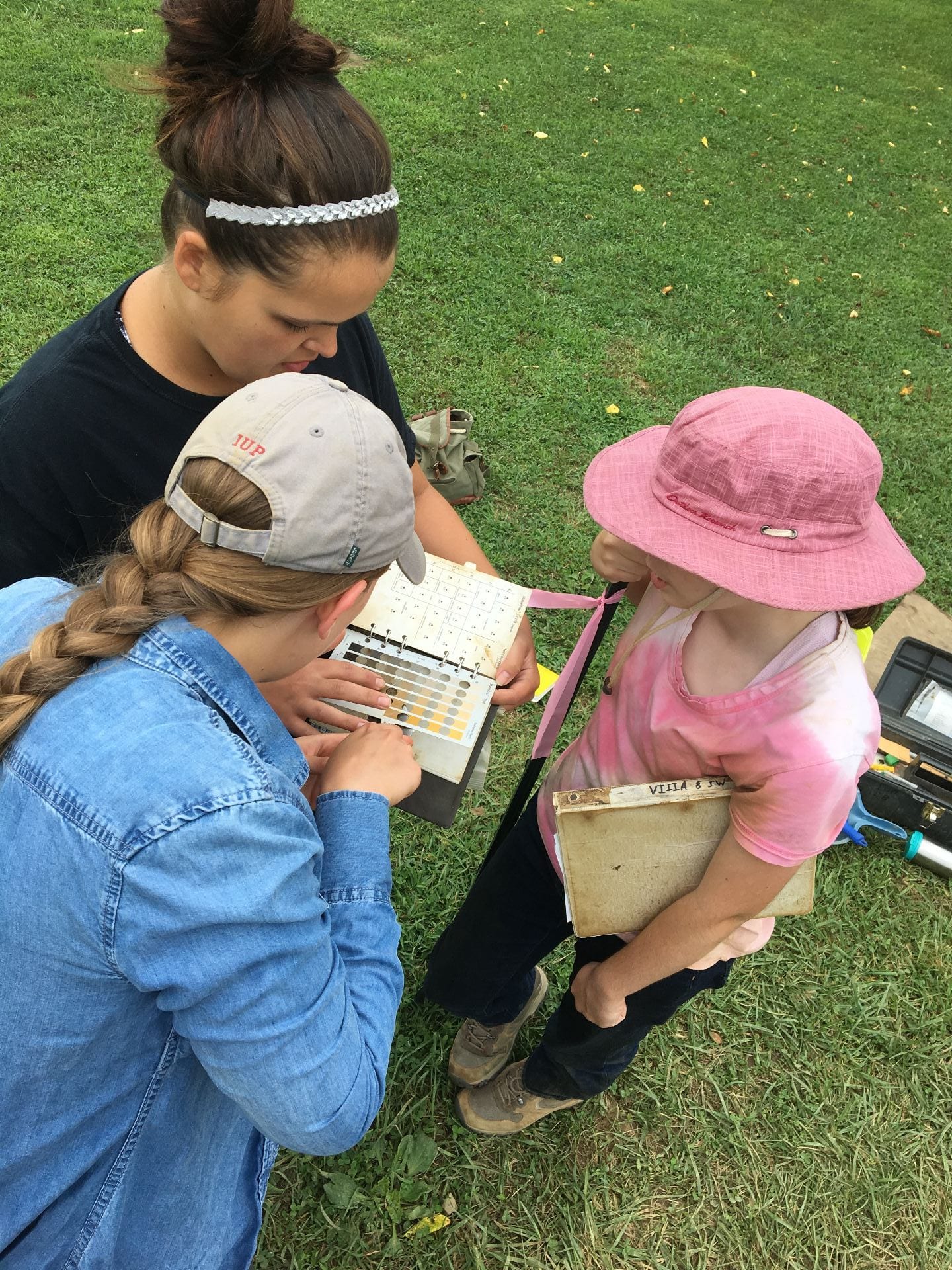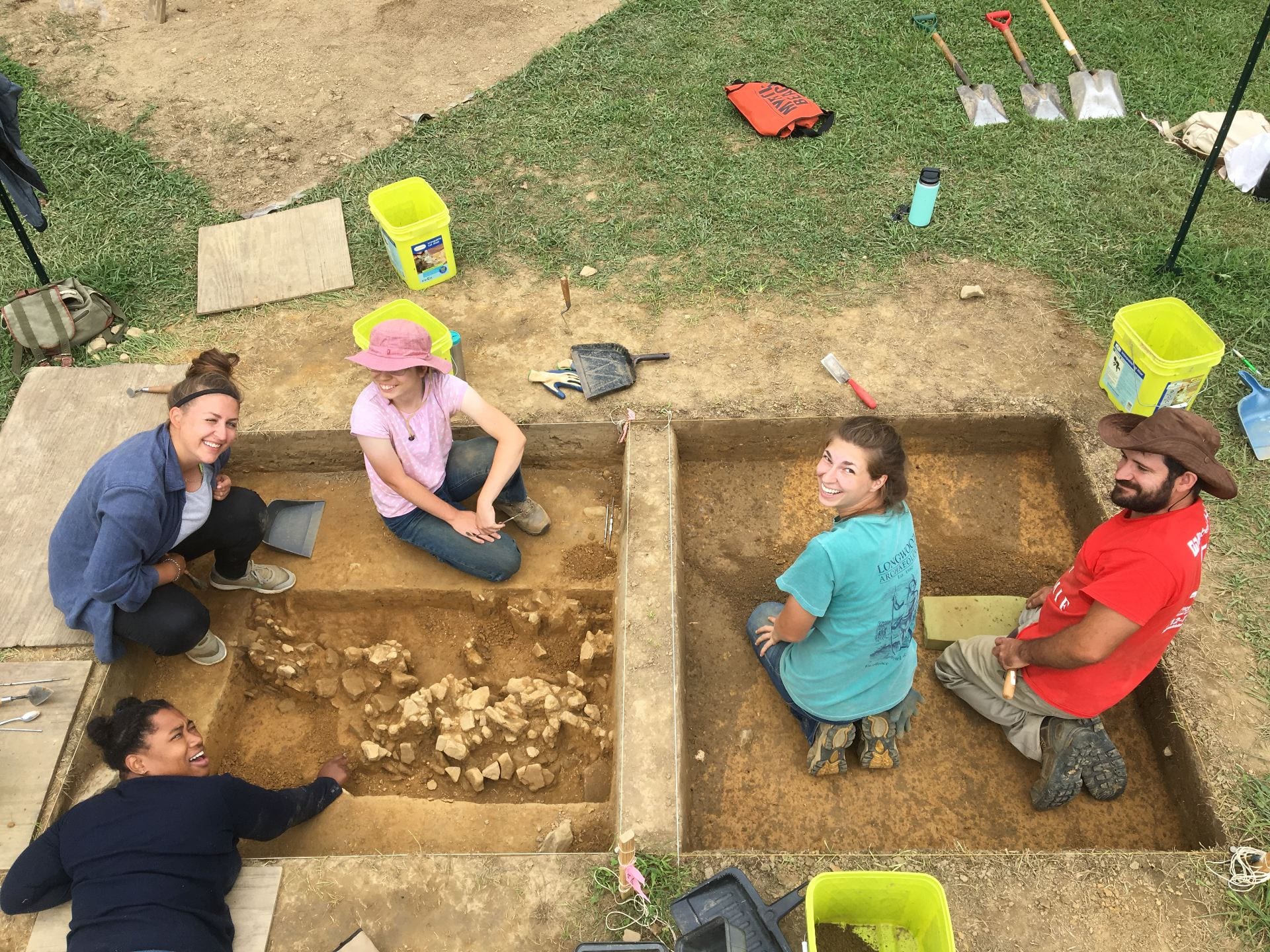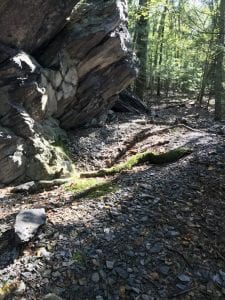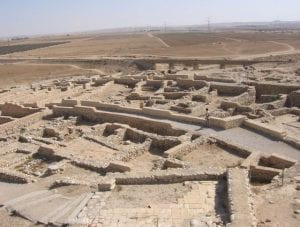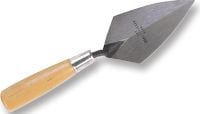Howdy folks, we’re back again for maybe the last post until next semester (maybe I or someone else will decide to post in the meantime). So, I wanted to end this academic year with some reflection. It’s already been a year (of the academic variety) since I started graduate school here at good ol’ IUP. It seems like this year was over in the blink of an eye even with these last few weeks of cramming in assignments and final exams. I’m somewhat dumbfounded thinking about it, compared to my undergrad experience, grad school has been far more stressful, faster paced, and more rewarding overall. In this post, I want to narrow that down to partially organize my own thoughts, but to also provide some firsthand experience and advice to anyone considering grad school or that are going to enter grad school soon.
I’ll be blunt, this year has had its share of high and low points. From all-nighters and sleeping under the desk in my office to spending time with the other grad students, there is much that stands out in my mind. Probably the most important thing I could hope to pass on to future grad students is the necessity of time management. I swear, figuring out how to efficiently manage my time drastically cut the amount of stress I was under in most situations. Frankly, it probably could have helped in the other cases if I was a bit stricter with my time, but we’re all human. You need to balance your time between academics, the things that let your life function (sleep, laundry, meal prep, etc.), and socializing. DO NOT PROCRASTINATE! That one small assignment you think you can get done the morning before class will take longer than expected. Then guess what, there’s six articles you’ve neglected to read to prepare for that or another class. There is always more to do, hence why I’m writing this from inside McElhaney Hall after finals week. Some things will get pushed to the back burner, and that is perfectly fine. Just make sure you make time for whatever got pushed aside, be it GA hours or calling your mother (seriously though, make time for that or you might have local police checking to see if you’re alive). My personal suggestion for anyone else that has issues with time management: make a list of everything that needs to be done within a week, set goals of what you want to have done by when based on due date and how long you think it should take, and then just try to meet those goals. It’s fine if you don’t always meet your goals, the point is to see your assignments get crossed of that list and keep yourself motivated because there’s always more to do.
Now that the obligatory time management speech is out of the way, let’s get to the fun stuff. Some of the best advice I can give is to get to know your cohort. I’m not saying you must be friends with everyone, that would be incredibly difficult, but get to know them and build some feeling of solidarity. You’re all going to be under the same types of stress, at least class related stress, so they’ll understand the best about what you’re going through. It’s common for my cohort to ask questions about assignments and bounce ideas off one another. They will probably help you more than you’ll realize, and you will likely return that favor. Build this support system and you’ll be better off in the future because of it. Connect by doing assignments together, going bowling, or hanging out at the bars (whatever works for your cohort).
The last thing I want to say is take advantage of every opportunity you’re given. Make the most out of what you can. Is there a colloquium or webinar happening? Sit in and take notes, bring your lunch/dinner if you need to. Is the department going on a trip to something like Meadowcroft Rockshelter or a local conference? Get on the list of people going and be active with your department. Does another grad student need volunteers to help with field work or maybe an undergrad course needs extra supervision in the field? If you have the time, then join in. These are some of the things that will let you make the most of your time by letting you learn and grow in some way. In my opinion, being active in the department shows that you care and that you’re committed to what you want to do. You don’t have to do everything I’ve listed, but you’ll be glad you did what you could.
Grad school has been a wild ride so far. I can’t wait to see what will happen this coming academic year. Until then, this has been your blogger extraordinaire, Zac.